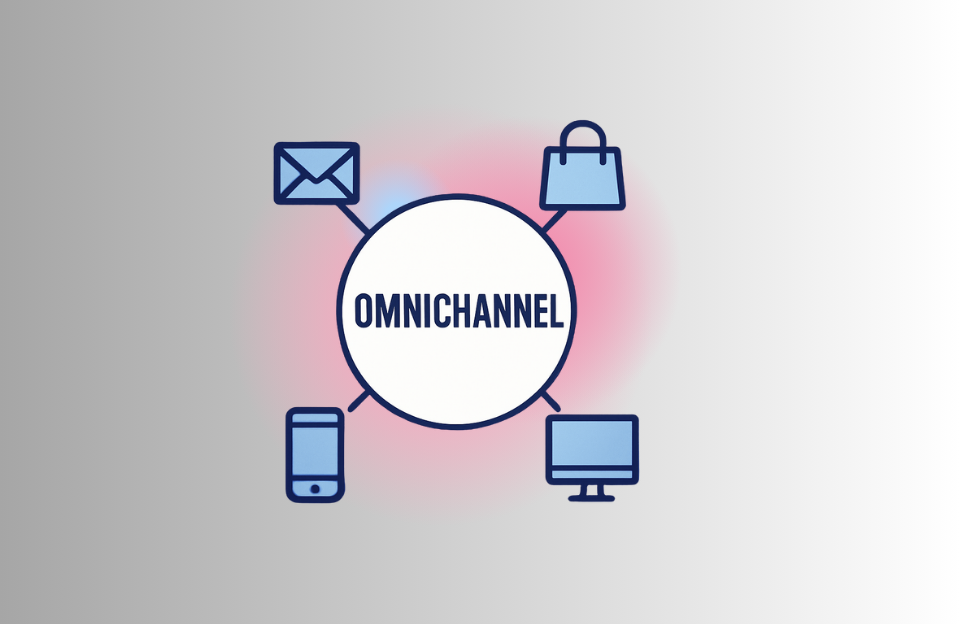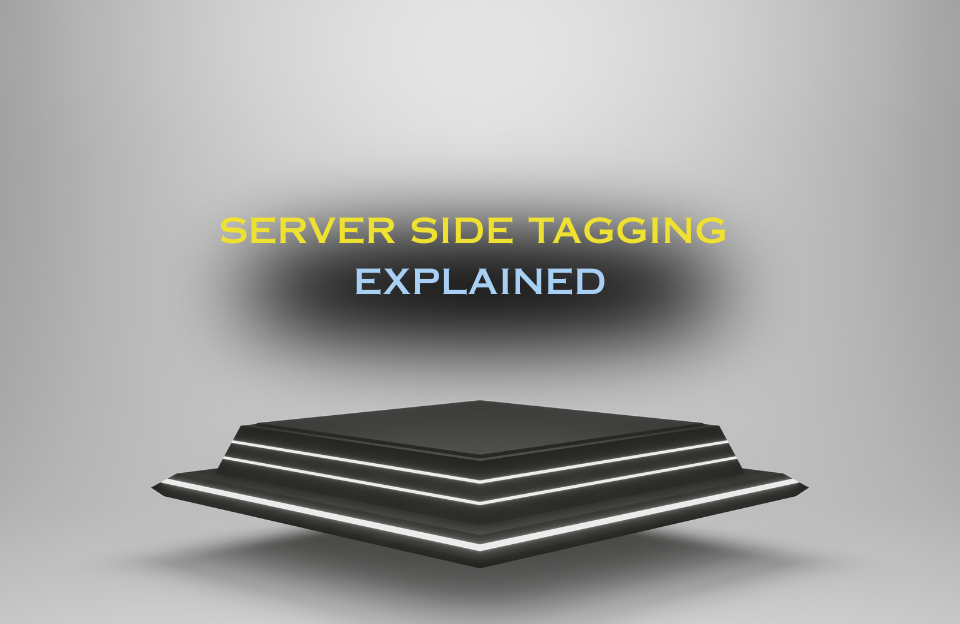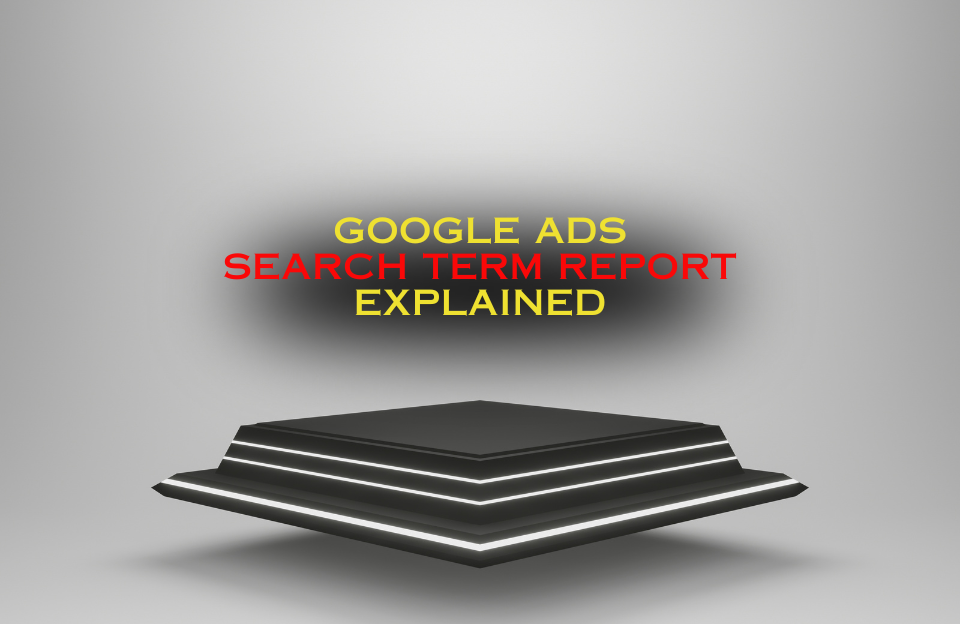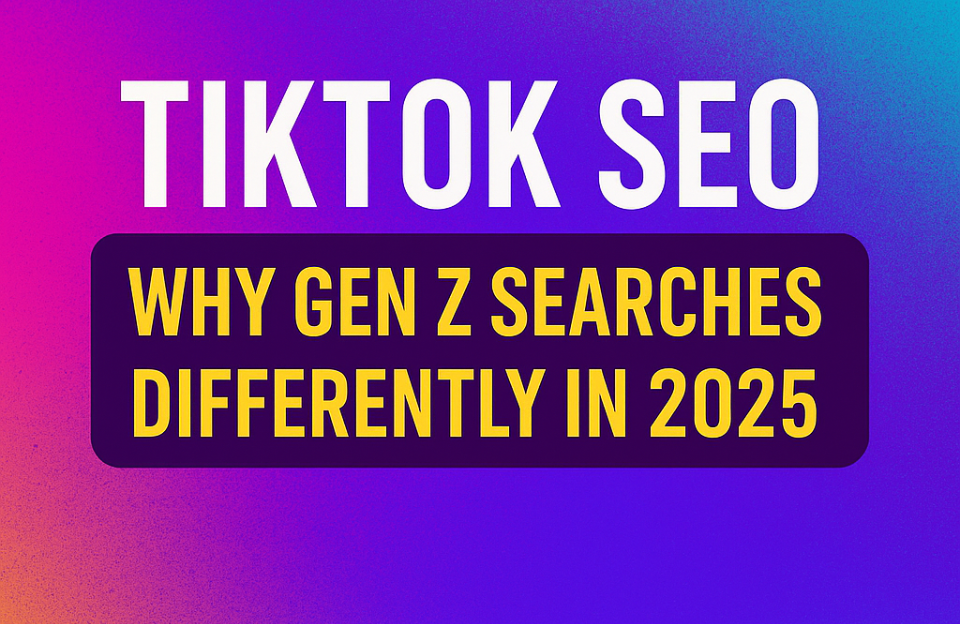In a world where customers jump between channels like tabs in a browser, omnichannel marketing is no longer optional — it’s essential. Whether you’re a small e-commerce brand or a global enterprise, creating seamless, connected customer experiences across touchpoints is what drives loyalty, sales, and long-term growth.
But what exactly is omnichannel marketing? And how can you apply it in a practical, scalable way?
What is Omnichannel Marketing?
Omnichannel marketing is a strategy that integrates all your online and offline channels to deliver a unified customer experience. That includes everything from your website, email, social media, mobile app, and Google Ads to in-store signage, print materials, and even your customer service desk.
Unlike multichannel marketing — which simply means being present on multiple channels — omnichannel marketing connects the dots between those channels. The result: your customer feels like they’re interacting with one consistent brand, not disjointed platforms.
Why Omnichannel Works
Today’s customers expect personalization and consistency. They might:
- See your product on Instagram
- Visit your webshop to compare features
- Get retargeted on YouTube
- Walk into your physical store
- Or even call customer support after reading reviews
Without a unified strategy, those experiences feel fragmented. But with an omnichannel approach, every interaction is informed by the previous one — and tailored to the customer journey.
According to a study by Harvard Business Review, 73% of customers use multiple channels during their shopping journey, and omnichannel customers spend an average of 10% more online and 4% more in-store than single-channel customers.
Real-World Examples of Omnichannel in Action
IKEA – Blending Digital and Physical
IKEA offers an excellent omnichannel experience. Customers can browse the catalog via the app, use the online room planner, add products to a digital shopping list, and check stock in a nearby store. Once in-store, they can scan items with the app or use kiosks for quick ordering.
Why it works: The experience is consistent, interactive, and bridges the gap between digital inspiration and in-person shopping.
Nike – Personalized Everywhere
Nike combines data from its website, app, loyalty program (NikePlus), and physical stores. Customers get personalized push notifications, product recommendations, and early access to new drops — both online and in flagship stores.
Why it works: Data-driven personalization makes every channel feel tailored to the individual.
Local Example: Dutch Bakery Chain
A small bakery chain in the Netherlands allows customers to order via mobile app, pick up in-store, and receive special offers via email or SMS. If you haven’t visited in a while, you get a reminder with a loyalty coupon.
Why it works: It builds a connection between physical visits and digital engagement — even for a traditional product like bread.
Key Elements of a Strong Omnichannel Strategy
Here’s what you need to succeed:
- Customer Data Integration – Use tools like GA4, CDPs, or CRM systems to connect behavior across channels.
- Consistent Branding – Visuals, tone of voice, and offers should feel the same across email, ads, web, and physical touchpoints.
- Channel-agnostic Personalization – Let your customer’s behavior on one channel inform what they see on another.
- Unified Tracking and Attribution – Don’t just track clicks — track cross-channel journeys and measure what matters.
How to Start with Omnichannel (Even If You’re Small)
Omnichannel marketing isn’t just for the big players. Here’s how even small businesses can start:
- Use Shopify or WooCommerce with an integrated POS to sync online and in-store stock.
- Set up email automation that adapts based on browsing behavior.
- Retarget website visitors with Google Ads and personalized Facebook ads.
- Use QR codes in your store to drive app downloads or email signups.
- Connect your Google Business Profile, email, and social channels for consistent communication.
Final Thoughts
Omnichannel marketing is about meeting your audience where they are — and guiding them with purpose. It’s not about being everywhere at once, but about creating one cohesive brand experience wherever your customers find you.
If your current marketing efforts feel disconnected, it’s time to zoom out and think bigger. Omnichannel isn’t the future. It’s the present — and it’s already winning.




